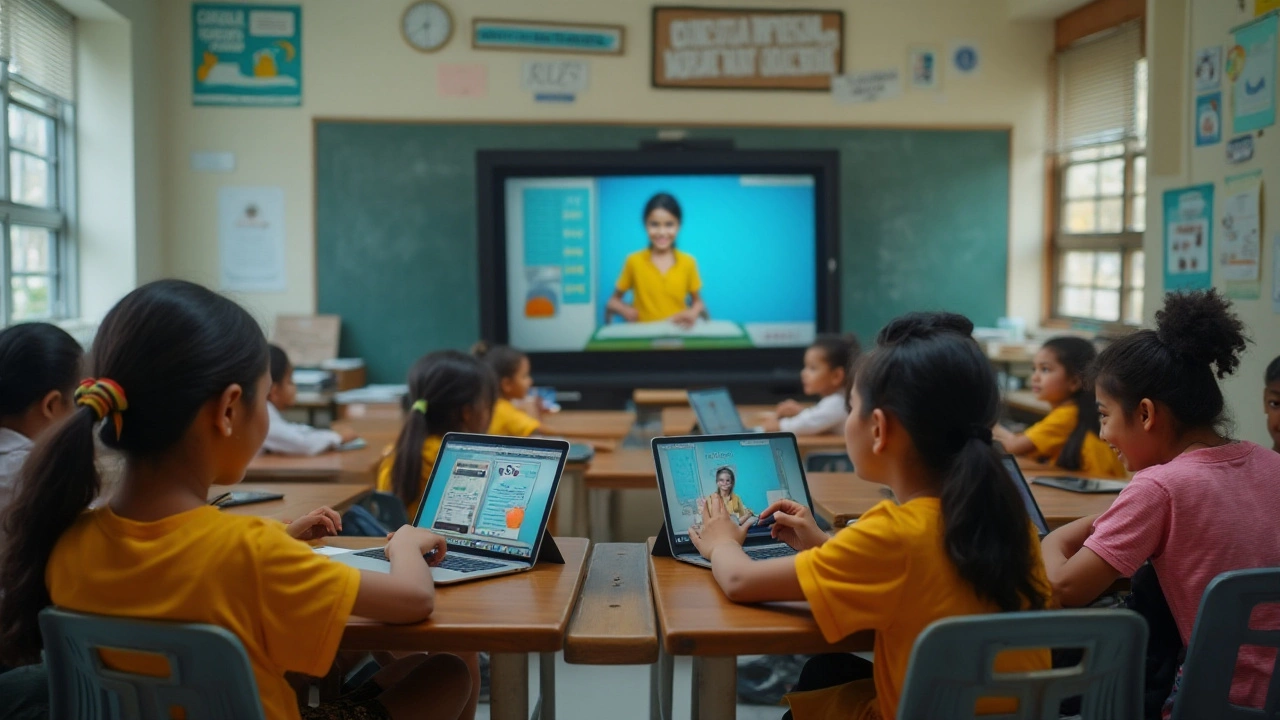Virtual Classrooms: What They Are and How to Use Them
Ever wondered why schools and businesses keep talking about virtual classrooms? In simple terms, a virtual classroom is a live, online space where teachers and students interact just like in a real room—talk, share screens, answer quizzes, and collaborate on projects. You don’t need to travel, and you can join from a laptop, tablet, or phone. That’s why they’ve become a go‑to solution for anyone who wants flexible learning.
Why virtual classrooms matter
First off, they save time. No commute means more hours for study, work, or family. Second, they open doors to experts anywhere in the world. A student in Jaipur can attend a lecture by a professor in London without leaving home. Third, the digital tools built into most platforms—like real‑time polls, breakout rooms, and AI‑powered captions—keep students engaged and help teachers spot who’s struggling. All of this adds up to higher participation and better results.
Choosing the right platform
Not all virtual classrooms are created equal. Look for a platform that offers stable video, easy screen sharing, and a simple sign‑up process. Zoom, Google Classroom, and Microsoft Teams dominate the market, but niche tools like Moodle or Canvas give extra features for schools that need grading and assignment tracking. Test the free version first, check if it integrates with your existing tools, and read reviews from other teachers. The best choice balances cost, reliability, and the specific features you need.
Once you pick a platform, set clear rules for participation. Ask students to keep cameras on if bandwidth allows, mute mics when not speaking, and use the chat for questions. Short, 10‑minute icebreakers at the start can boost energy, and breaking the class into small groups for a few minutes lets everyone practice speaking. Remember to record sessions; that gives absent students a chance to catch up and lets you review your teaching style.
Finally, keep improving. Ask for quick feedback after each class—what worked, what didn’t. Use that input to tweak activities, adjust pacing, or try new tools like live polls or collaborative whiteboards. With the right mindset, a virtual classroom can feel as dynamic as a physical one, and you’ll be ready for any future shift in education or work.
- December
21
2024 - 5
Understanding Distance Education: A Modern Learning Approach
Distance education is an innovative learning method that allows students to study remotely through digital platforms and online tools. This approach has revolutionized traditional education by making it accessible to a global audience, offering flexibility in learning schedules and promoting self-paced study. With the advent of new technologies, distance education continues to evolve, providing various advantages such as cost-effectiveness and personalized learning experiences. This article explores its definition, history, technological advancements, benefits, challenges, and future prospects.
Read More- November
24
2024 - 5
Discovering the Best eLearning Platforms for Your Needs
In the rapidly evolving world of online education, identifying the right eLearning platform can be crucial for both learners and educators. Each platform offers unique features tailored to different needs, from interactive classes to flexible learning schedules. Understanding these platforms helps make informed choices on tools that enhance learning experiences. The article will guide you through various popular eLearning platforms and what makes them stand out.
Read More
